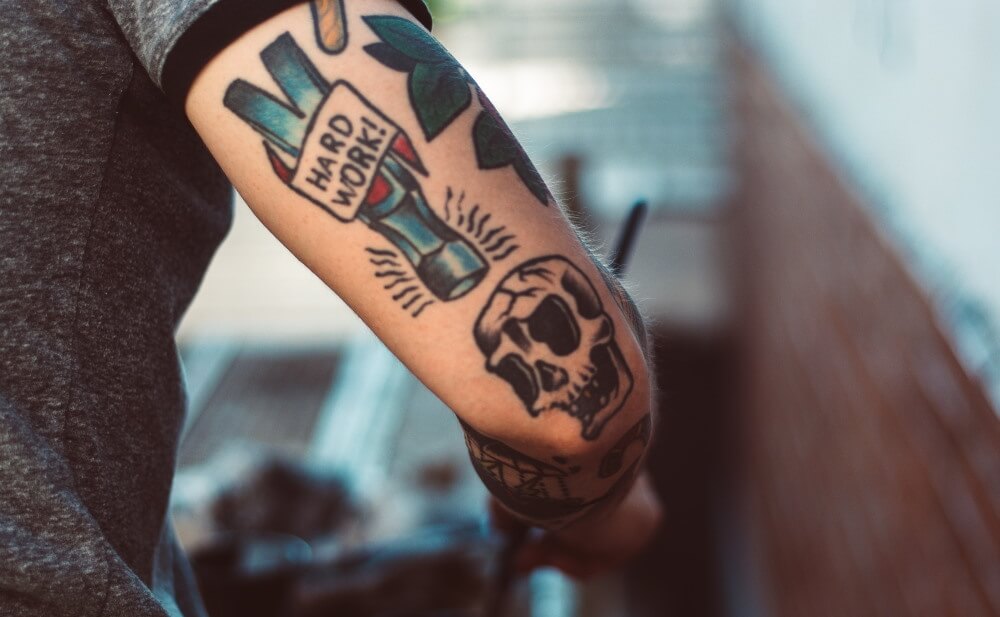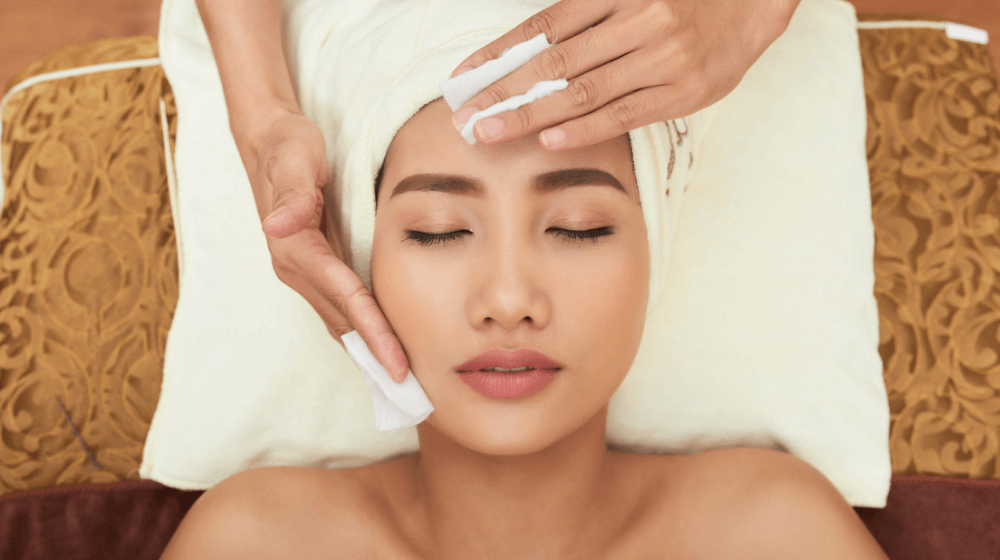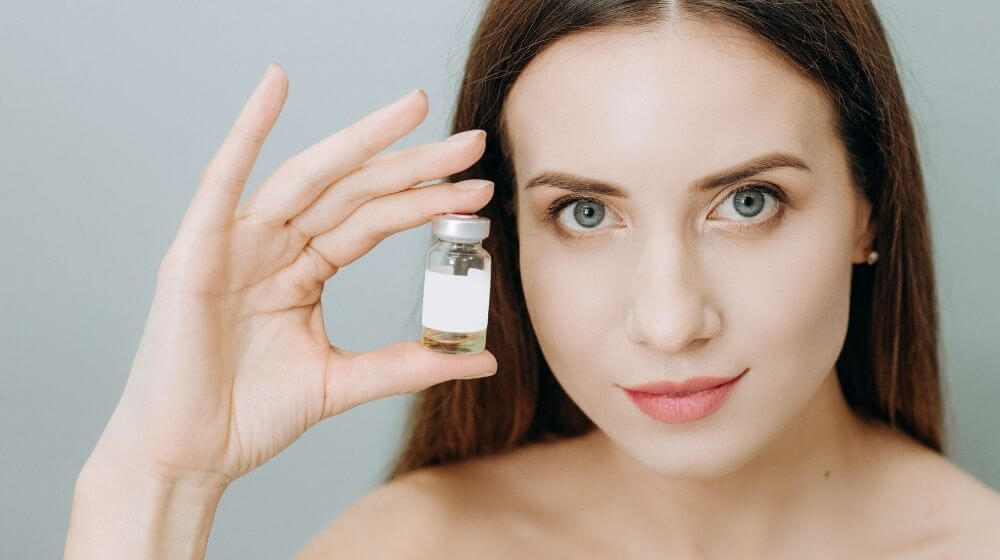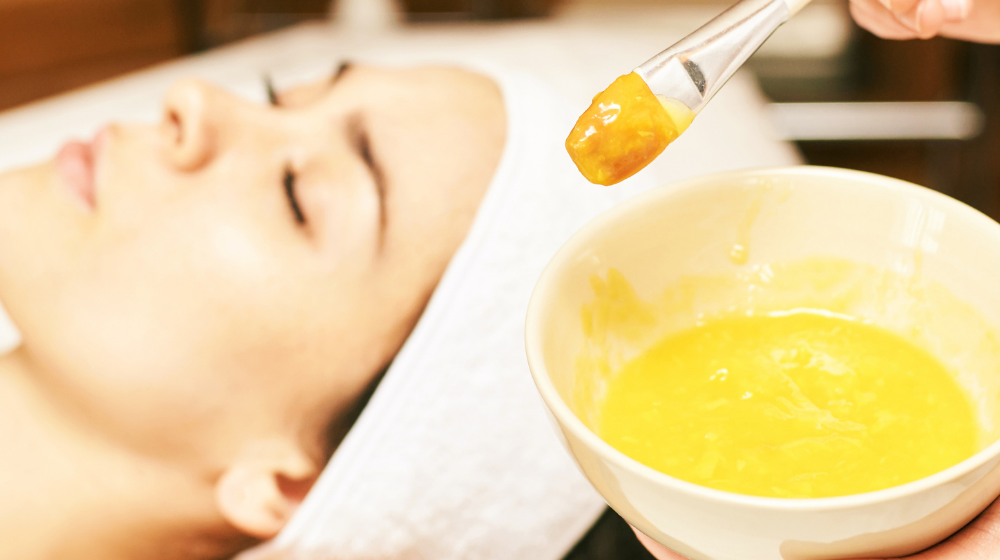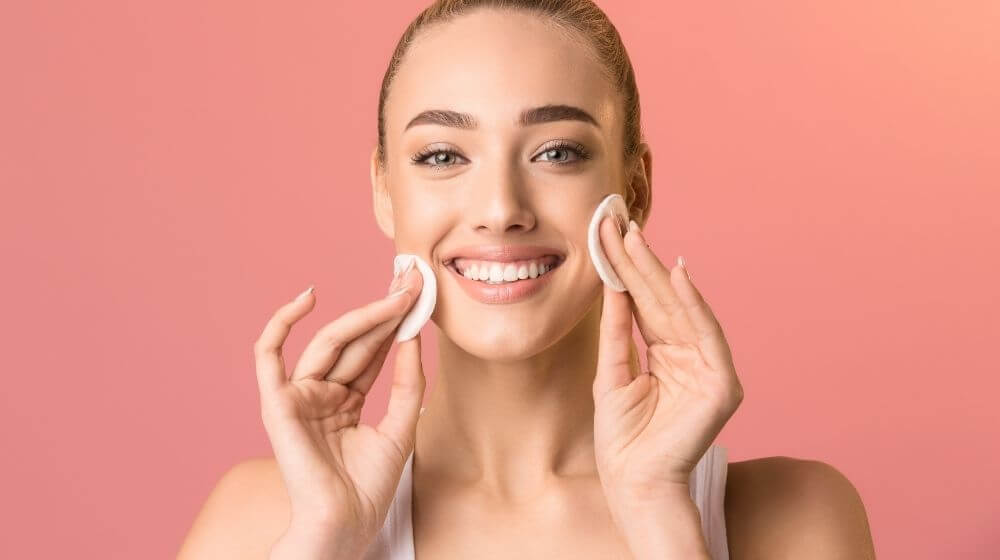Getting a tattoo means different things to different people. It can be their way of expressing themselves, reminding themselves of incidents in their life that hold personal significance or simply decorating their skin with appealing patterns that they use to enhance their appearance. But in the process of getting a tattoo, a needle repeatedly penetrates your skin, to inject the ink deep into it and create the long-lasting pattern. It is very similar to a wound since the surface of the skin is ruptured in the process, and it becomes extremely important to take care of it so that the tattoo is preserved for years without getting infected or changing in appearance.
Here are the steps you must follow to take care of a fresh tattoo properly:
THE FIRST DAY
Step 1: Get it bandaged
The first step of the process of taking care of tattooed skin after you get inked happens in the tattoo parlour itself when the artist applies a thin layer of tattoo jelly or moisturizer over the tattoo. This is very important since preventing your tattoo from drying up is an essential thing to ensure its timely and safe healing. He or she will then cover up the whole area using a bandage. During the time the dressing is on, the sensitive skin is protected from sunlight, friction and bacteria, and this dramatically reduces the chance of an infection. You might be eager to remove the bandage as soon as you can to get a first glimpse of the finished tattoo, but you must fight the urge to do so. You must not remove the outer bandage of the tattoo unless the time stipulated by your artist has passed and it becomes safe for you to do so. The time recommended by your tattoo artist might depend on how big your tattoo is or how intricate the pattern is and is usually at least five hours. Make sure that you do not leave the bandage on for more than what was instructed to you because this can cause an infection and the ink in your tattoo might start to bleed.
Step 2: The first wash
After the period recommended by your tattoo artist to keep the tattoo covered is over, you can now remove the bandage and wash it. Be careful while you remove the damage, making sure that you follow all instructions that were given by your tattoo artist for the same. This will ensure that you do not damage the tattoo in the process of removing the bandage. Before you touch the tattoo in any way, make sure you thoroughly wash your hands with soap and water. It would be better to go for an anti-bacterial soap that is void of fragrance inducing chemical. Now, gently use your fingers to wash the tattoo using soap and warm water. Do not use abrasive things like a sponge or a loofah as this can irritate the sensitive, freshly tattooed skin. Once the jelly layer is removed, you might experience the tattoo oozing a sticky and thick fluid. This is just the excess ink left over from the tattooing procedure that has mixed with body fluid and is draining out of your skin. Generally, this is quite expected and is no reason to get worried. Remember not to put the delicate skin directly under the flow of the tap water. Once you are done washing your tattoo, wipe it with a fresh paper napkin without rubbing vigorously and allow it to dry naturally in the air for at least an hour. It is recommended to choose a paper napkin over a cloth towel as microfibres from the latter might latch on to your broken skin and cause problems in the future. Now once the tattoed skin is dry, you can put a small amount of moisturizer and allow the skin to absorb it. If you are not sure about what product to use, then consult your tattoo artist about the same but do ensure that the layer is not thick enough to restrict your skin from breathing. For the same reason, do not further wrap it after the cleansing process.
THE FIRST WEEK
The area of your skin with the tattoo might feel slightly warm and look mildly reddish for the first few days after you get the tattoo. Although the tattoo will eventually become less bright as you get further in the healing process, at the moment, it might look quite vibrant and stand out against your skin. The skin will form scabs in response to the injury. Scabs are protective crusts that are made when your blood clots. You must resist the urge to pick at the scabs or damage your skin by scratching it in any way.
The skin might still secrete excess ink which needs to be frequently washed away. Use the washing and drying technique, as previously explained above at least two to three times a day using warm water and antibacterial soap. Continue to apply a thin layer of moisturizer each time you wash your tattoo. Make sure that you only use clean fingers to wash it. If you use any abrasive agent like a wet wipe or a towel, your scabs might be irritated, and this can damage your skin. Make sure that you do not wet your tattoo anytime during the first three to six weeks except when you are washing it in the prescribed procedure.
THE SECOND WEEK
If you do everything correctly and follow the guidelines, the swelling and redness will subside as the first week after getting your tattoo comes to a close. Your scabs will naturally start to flake off when the second week begins to dawn, and it becomes even more important to be very gentle while washing, drying and moisturizing your skin. Make sure that you do not tear away the scabs in the process as this can damage your skin as well as your tattoo by creating holes and lighter spots on it. You are likely to experience intense itchiness around the area of the skin with the tattoo, but you must not scratch it in any way as this can forcefully pull off the scabs too. To obtain relief from the itching, you can use a moisturizer that has been cooled to lower temperatures by keeping it in the fridge for a while before you put it to use. If the itching is too intense to handle, you may also consume an antihistamine that requires no prescription to purchase such as Benadryl to find relief from the itching.
THE THIRD WEEK AND BEYOND
By now most of the major scabs, in all likelihood, will have fallen off and flaked away naturally. The smaller scabs and little bits of dead skin might still remain, but they will also heal up in the coming weeks. After the second week, the visible healing process might significantly slow down, but you must remain patient. If the skin looks dull, moisturizing it and shielding it from direct sunlight is the best cure for you. By the end of the third week, the outer layers of your skin will mostly have healed completely, but the lates beneath it will take longer to heal. However, this will not pose a problem for you since the inner layers do not require much care or help while they heal. Most of your job is done since the outer layer of skin has now sealed, and there is no chance of infection since the wound id no longer open. Keep moisturizing the tattooed area on a regular basis in the following months. This will help you maintain your tattoo’s original vibrant and well-defined look.
A word of caution:
1. Ink rejection by the body
If at any stage in the healing process, you develop any form of lumps, a painful rash, swelling, secretion of pus by your skin or a sudden unexplained fever, you must immediately realize that this is a sign of your body rejecting the ink. A possible explanation for this might be an allergic reaction between your skin and the ink from the tattoo. This can happen because different colours of inks contain different ingredients, and your body might adversely react to them if it is allergic to any of these ingredients. As an example, red ink often contains mercury sulphide, and black ink might have traces of carbon.
Usually, tattoo artists perform a small patch test to make sure you are not allergic to the ink. They inject a very small amount of ink into the skin and wait a while to ensure that there is no aversive reaction. Only after a successful patch test with no sign of rashes or pain, does he or she proceed to create the actual full tattoo. However, if you still develop any form of rash around the skin near your tattoo, immediately inform your tattoo artist of the same and also consult a doctor so that it can be diagnosed and treated in a timely fashion with the help of antibiotics.
2. Clean regularly to avoid infection
Tattoos are primarily raw, open wounds, and if bacteria end up entering your body through the ruptured skin, it may prove to be a cause of trouble for you. Dangerous bacteria can enter the body through the microscopic holes created by the tattoo needle as it injects the ink into the tattooed skin, and they can cause bacterial infections. This is why you must be extra careful, and the best of protecting your tattoo against bacterial infections is to make sure that you clean it gently with antibacterial soap and warm water at regular intervals of time. If you spend most of your time in a cool, air-conditioned environment, then you might not need to wash your tattoo more than twice a day. But if you constantly find yourself in a hot, humid environment outside, then you should consider washing it more frequently. Also, ensure that you do not treat the tattoo harshly as you wash it and that your hands are completely clean and free from germs before you touch it.
3. Avoid the beach and the swimming pool
Risk of infection is very detrimental to the healing of your tattooed skin, and any unnecessary contact with water only increases the chances of you contracting an infection. Excessive water might also drain the ink from your tattoo and cause it to fade and become less vibrant. Thus, you must not submerge your tattoo in the water at any time except for when you are washing it. Thus, while your tattoo is still healing, you must avoid soaking it in the bathtub or going to the swimming pool or beach. If you are planning on taking a shower, you can protect it against the water by covering it with a plastic band or plastic wrap. It is important to take these steps for protection until the first two weeks are over, which is when all your scabs will have fallen off, and the outer layer of the skin will have healed.
4. Protect your tattoo from the sun
Direct exposure to harsh sunlight may also damage a fresh tattoo. Since it is a wound, your tattoo is quite vulnerable and can fade and cause you a lot of pain if you develop a sunburn in the area of your skin surrounding it. There may be a formation of painful blisters or bleaching of some colours. This is why you must try to keep your tattoo away from direct sunlight during the healing process. If you got your tattoo during the summer and it is not possible for you to keep it constantly covered by your clothes, then you must make sure to apply a protective sunscreen to shield it from the sun. Even when your tattoo has healed, you should always put some sunscreen so that it does not fade and lose its vibrant hues.
5. Prevent all forms of friction
The skin around your tattoo will take longer to heal if you move it around too much because of excessive physical activity. This is because the skin will crack and become irritated. Thus, try to avoid extreme workouts and also stay away from tighter clothing as they restrict oxygen, which is important for the healing process. If your clothes come into contact with the tattoo, they will stick to it, and it will be painful to remove them. In such a situation, wet the area with water, and this should loosen the clothes enough to remove them without causing any damage to the tattoo. If you forcefully rip off the clothes, the scabs also might end up being prematurely torn off, and this can cause serious wounds.


